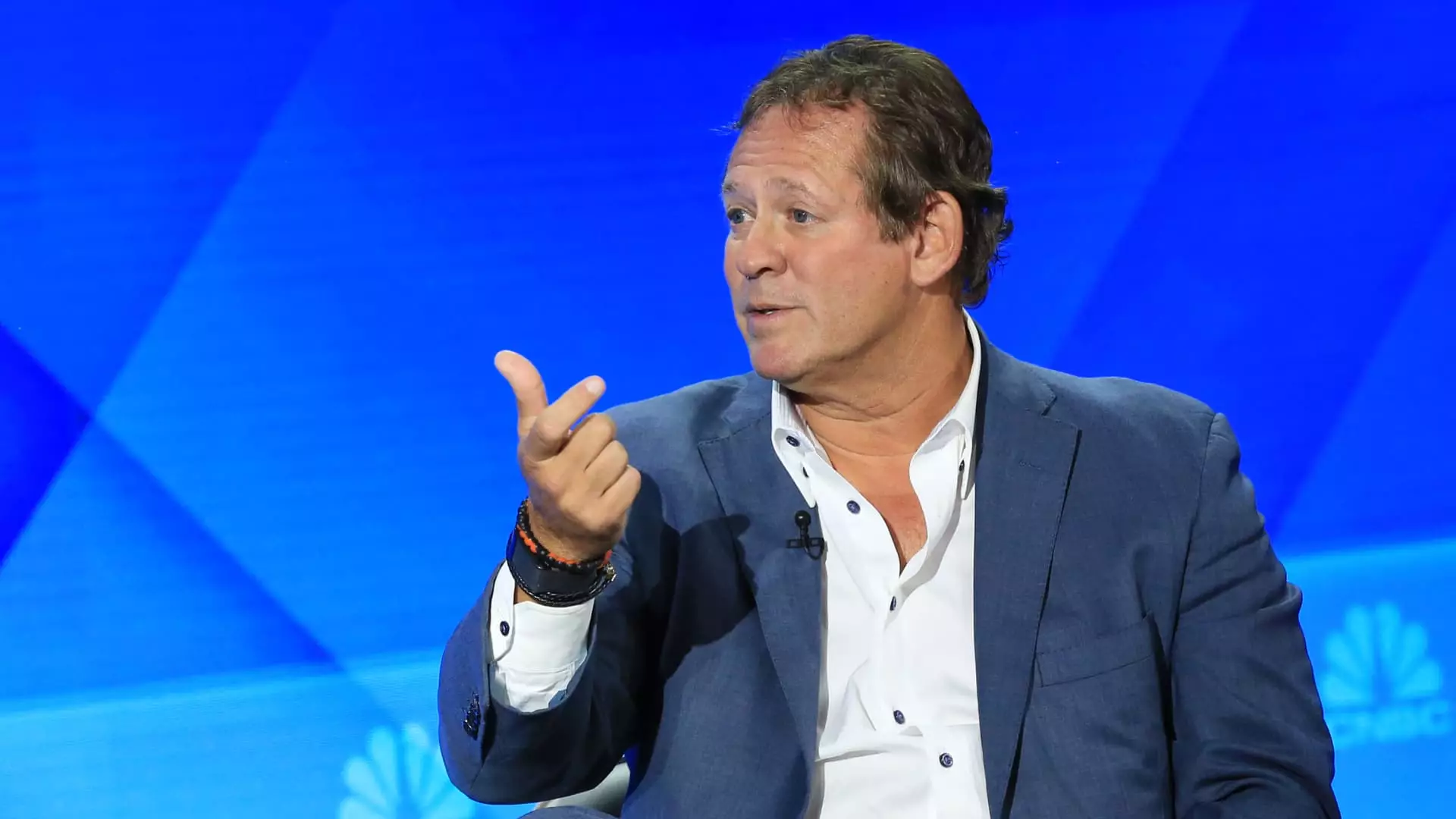As the dust settles on last week’s market fluctuations triggered by rising tariffs and an alarming downgrade of the U.S. credit rating by Moody’s, the spotlight is now on high-yield bonds. Notably, Rick Rieder of BlackRock has expressed selective optimism in this sector, favoring bonds with maturities between three to five years. This cautious positioning resonates with a larger strategy amidst an evolving economic landscape marked by uncertainty, volatility, and a looming potential for recession.
Investors are trembling with unease, especially considering the recent spike in long-end Treasury yields—10-year notes hit an alarming 4.5%, while 30-year bonds climbed to 5.03%. This volatility, largely provoked by the sovereign downgrade, has erased former comforts that investors once found in fixed-income securities. Rieder’s strategy of trimming high-yield exposure indicates a prudent response to a market that is anything but stable.
A Temporary Economic Setback?
How serious is the threat of an economic downturn? Rieder appears unfazed, positing that a potential pullback in economic growth will be temporary. This is a bold stance, given the shifting dynamics influenced by government policies and external trade relations. The optimism surrounding U.S. economic resilience may be sincere, but it reflects a degree of complacency that is shocking in its disregard for the macroeconomic indicators flashing cautionary signals.
While he remains bullish on high-yield investments, particularly those of higher quality, one must ponder Rieder’s confidence in what turbulent waters lay ahead. For instance, BB-rated bonds are currently attracting crossover buyers from the investment-grade side, which can inflate their prices precariously. Meanwhile, the CCC-rated bonds have become synonymous with higher risk; Rieder’s avoidance of these absolute hazards shows a deep understanding of the pitfalls that could ensue if a recession takes hold.
Resilience in Uncertain Times
A key point in Rieder’s argument lies in the strength of credit quality. He cites an unprecedented condition—credit being in the healthiest shape he has observed in three decades. This assertion might come off as delusional optimism to some, yet it does suggest that there are resilient pockets within the high-yield space that could weather the storm. While let’s acknowledge that “credit is good,” the reality is that systemic shocks can unravel even the best portfolios.
Rieder’s fund, the iShares Flexible Income Active ETF (BINC), which boasts nearly $9 billion in assets and a diverse portfolio, is seeing significant allocation towards high-yield corporates and loans. Highlighting a 30-day SEC yield of 5.57%, Rieder is indeed making a case for investors to peer over the multi-colored landscape of high yield. However, this optimism must be tempered with a rigorous examination of risk, especially for those riding the wave of substantial returns.
The Barbell Strategy: A Step Ahead or a Step Back?
Adopting a “barbell strategy,” Rieder sees value not only in high yields but in agency mortgage-backed securities as well, which serve as a counterbalance to riskier assets. While this hybrid model might appear adaptive, can it truly insulate against the unpredictable nature of rising rates? One must critically assess whether this duality effectively mitigates risks or overextends a portfolio into arenas prone to abrupt corrections. After all, rate fluctuations can cheapen mortgage-backed assets, creating unexpected pitfalls.
Moreover, Rieder’s foray into European sovereign bonds highlights emerging international opportunities. Investing in the five- to ten-year segment, especially in countries like Germany and Spain, opens doors for capturing competitive yields in a recovering landscape from negative interest rates. There’s merit in seeking diversification, but one must critically evaluate the implications of currency fluctuations—will chasing yields lead to more pitfalls than profits?
As the situation evolves, one can only hope investor vigilance remains heightened. In today’s financial arena, exposure to volatile bonds coupled with an eye on evolving global policies must be a recipe for cautious optimism, rather than blind allegiance to high yields. The market is indeed rife with potential, but it invariably dances with uncertainty, demanding that investors walk the fine line between risk and reward.

